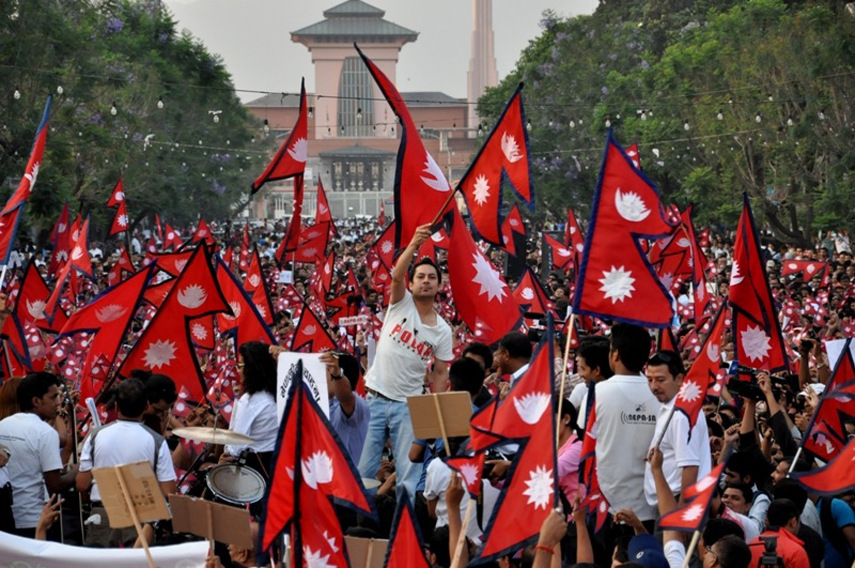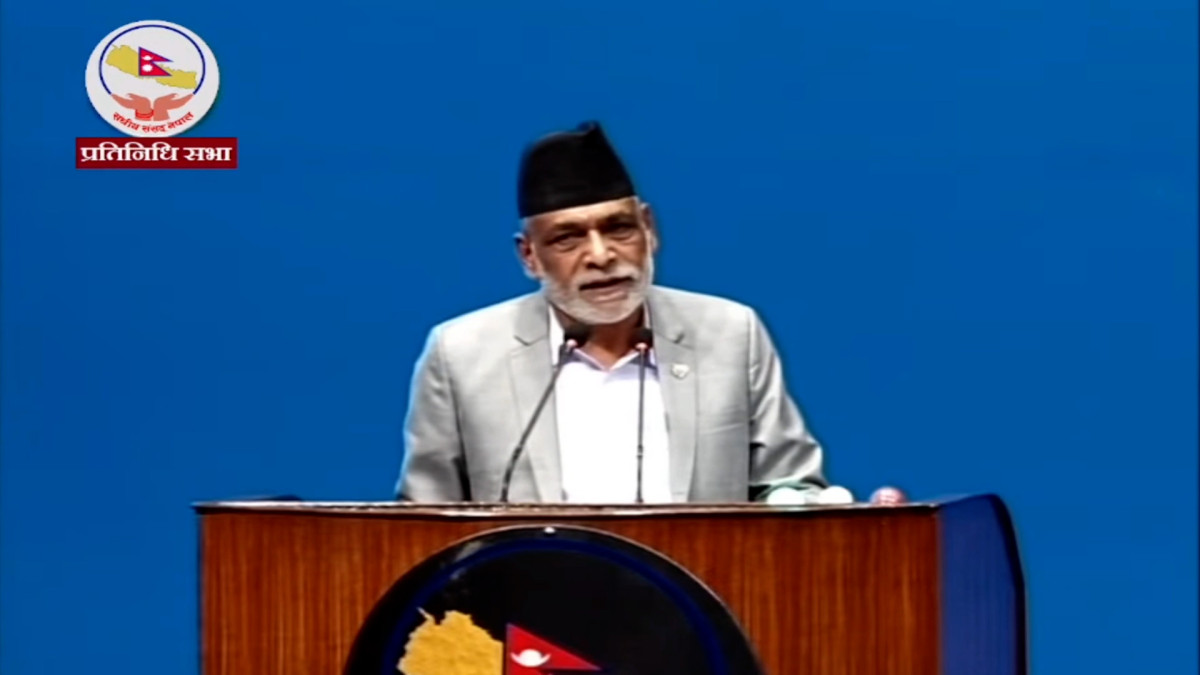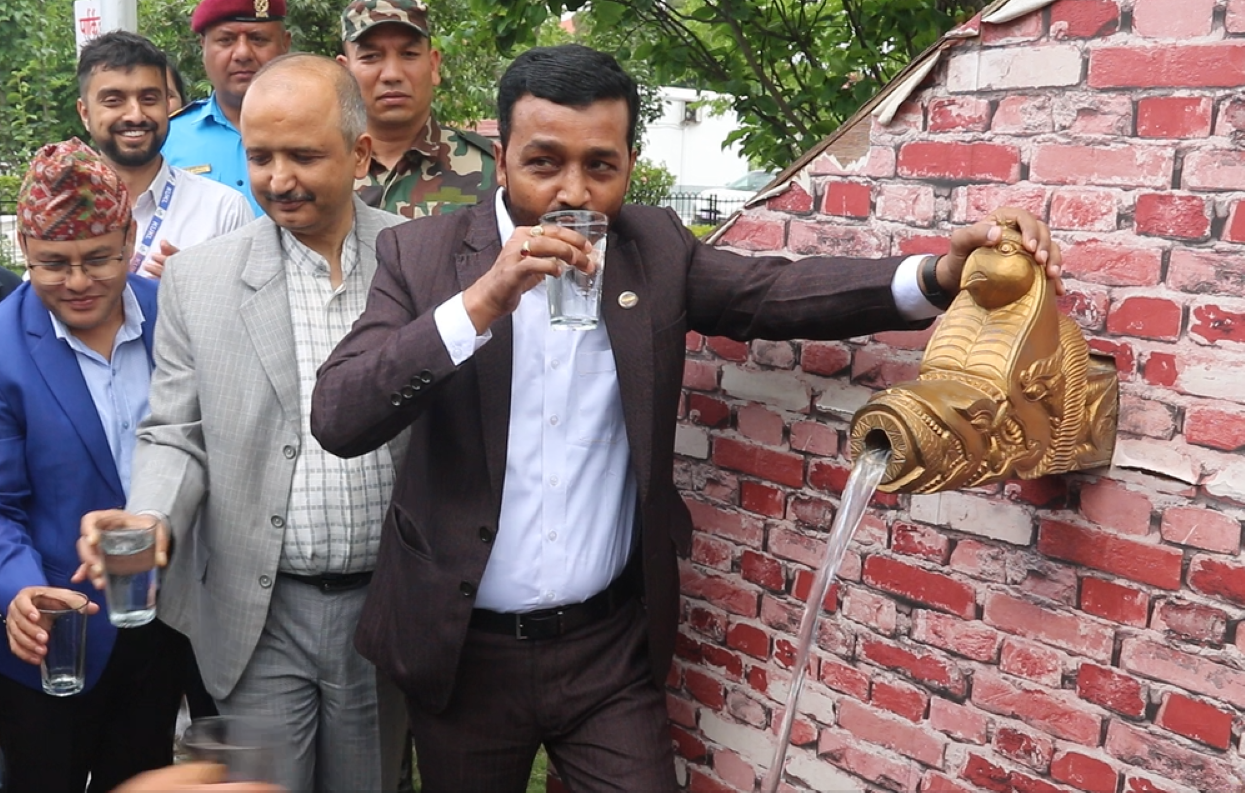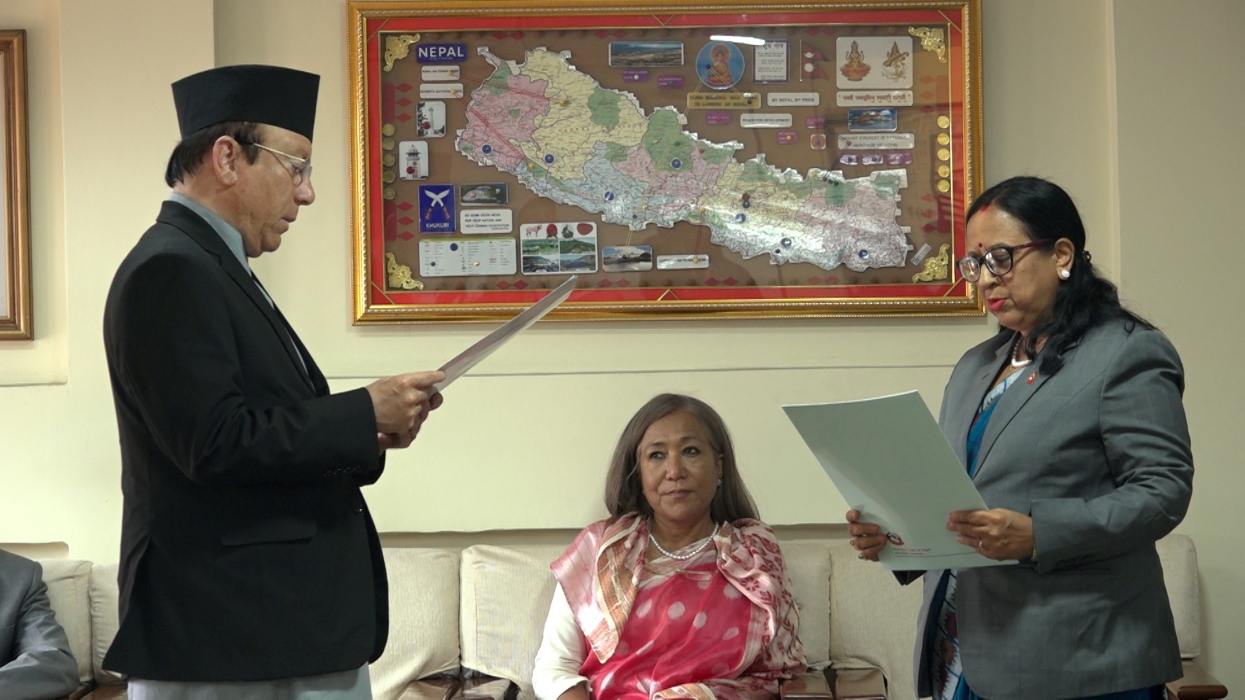Republic Day being observed in nepal today
Republic Day is being celebrated across the country today by organizing various programs.

KATHMANDU: MAY. 29 – Today is Jestha 15 (May 29). Republic Day, the day the federal democratic-republican system of government begins, with all the power of the state vested in the people. The day the federal democratic-republican system of government was declared in the country, formally ending the autocratic unitary monarchy.
Dismissing the autocratic monarchy on 2065 BS, Jestha 15 (28 May 2008) from the first Constituent Assembly elected by the people, the beginning of the federal democratic republican system of governance was announced in Nepal.
Thousands of sacrifices and millions of citizens took to the streets, Republic Day is being celebrated across the country today by organizing various programs. On 2063 BS, Baisakh 11 (24 April 2006), the then King Gyanendra had re-established the dissolved parliament on 2059 BS, Jestha 8 (22 May 2002) as per the roadmap of the agitating party.
This movement was established as the foundation for the establishment of a republic. Elections could not be held due to armed conflict after the dissolution of the parliament. In the absence of an election, the king began a series of appointments and removals of aspiring prime ministers.
King Gyanendra removed Lokendra Bahadur Chand, Surya Bahadur Thapa and Sher Bahadur Deuba as the Prime Minister. After King Gyanendra took power in his own hands-on 2061 BS, Magh 19 (1 February 2005) a 12-point agreement was reached between the seven agitating parties and the then armed CPN (Maoist). An understanding was reached between the two powers for the establishment of full democracy.
The movement gained momentum in 2062 BS, Mangsir (November/December 2005) when the political power, which had been divided into three poles through a 12-point agreement, came to two poles. The decisive movement that started from February 2062 BS, Falgun (February/March 2006) gained momentum in Chait.
With the New Year, millions of people took to the streets. After the orbit was filled with people, King Gyanendra agreed on the roadmap of the parties. On the basis of the draft prepared by the agitating parties, King Gyanendra announced the reconstitution of the parliament on the night of Baisakh 11 (April 24) and called a meeting. That is why this day is called Democracy Day. This day became the foundation of the republic.
The parliament of 2063 BS, Jestha 4 (18 May 2006) suspended the monarchy by cutting the power of the royal court. The meeting had passed a resolution to bring the Maoists into the peace process and hold a Constituent Assembly election. It is also called the Nepali ‘Magna Carta’.
On this basis, the first Constituent Assembly election was held on 2064 BS, Chaitra 28 (10 April 2008). The first meeting of the Constituent Assembly held on 2065 BS, Jestha 15 (28 May 2008) formally ended the 240-year-old monarchy. Although the first Constituent Assembly failed to promulgate the constitution, it did a lot of work.
The Constitution of the Federal Democratic Republic of Nepal was promulgated on 2072 BS, Ashoj 3 (20 September 2015) by the Assembly elected from the second Constituent Assembly election held on 2070 BS, Mangsir 4 (19 November 2013).
According to the constitution, the election of all the three levels was held and the constitution made on the strength of the movement was implemented. Accordingly, the federal, state and local governments have ruled.










